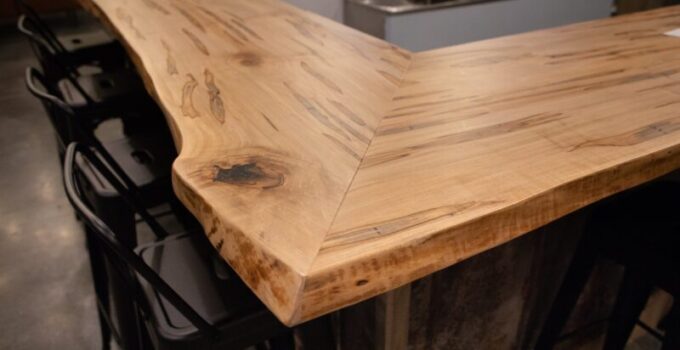A live edge countertop is a flat, firm, horizontal wood surface that’s left uncut to preserve its natural shape. The bark is carefully removed to ensure the natural curves of the tree from which the panel was cut remain undisturbed.
Page Contents
Benefits of live edge countertops
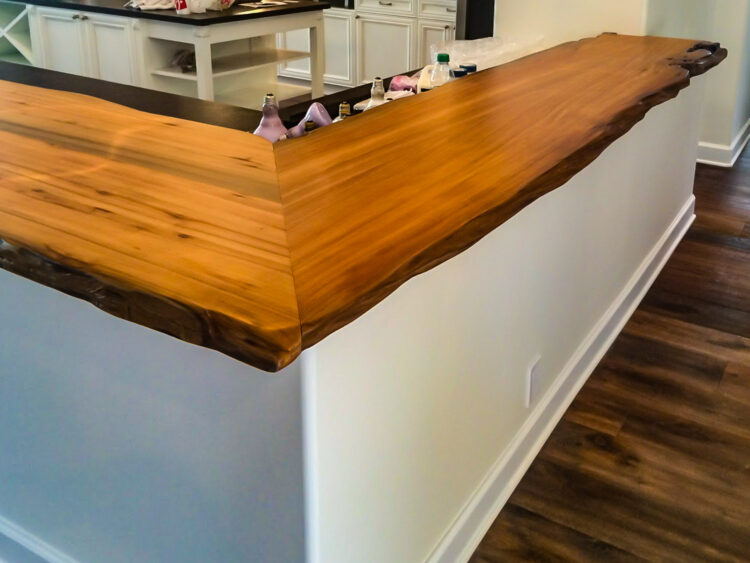
Source: thearmoredfrog.com
Live edge countertops are popular with home décor enthusiasts for several reasons, as explained below.
They blend traditional design with modern aesthetics
Live edge wood slabs are made by preserving and emphasizing the natural tree edge after it is cut. The method may look trendy right now, but it has been around for centuries. This history makes live edge panels the perfect way to blend classic and contemporary decor.
Uniqueness
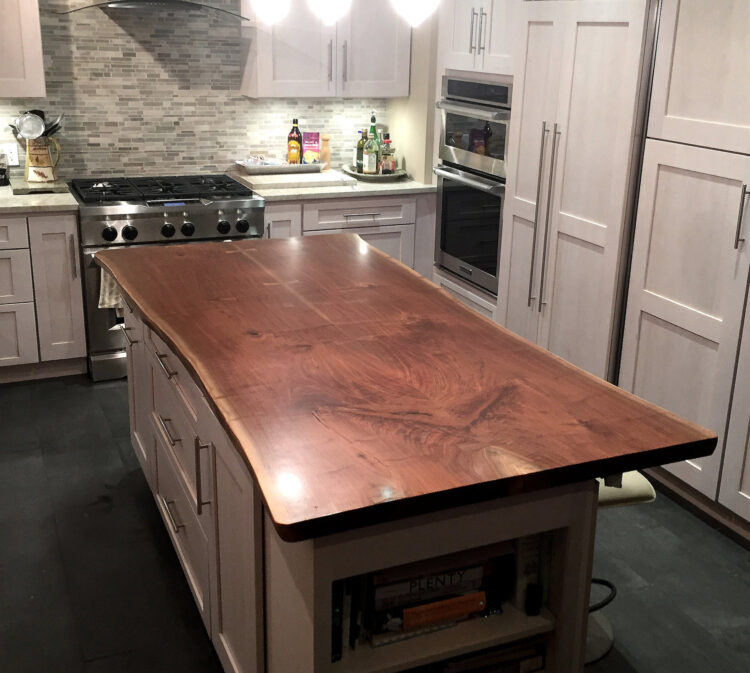
Source: liveedgewoodcountertops.com
Live edge panels are made from trees, so each will have a unique combination of knots, burrs, and grains. They are also made from various wood species and come in several colors; they can’t look the same. You have the freedom to choose one that works best for you.
Functionality
Besides the fact that live edges are visually appealing, they are also functional and durable. They can also be sanded and refinished over the years, so it’s easy to restore their elegance and sheen.
How do you make a live edge countertop?
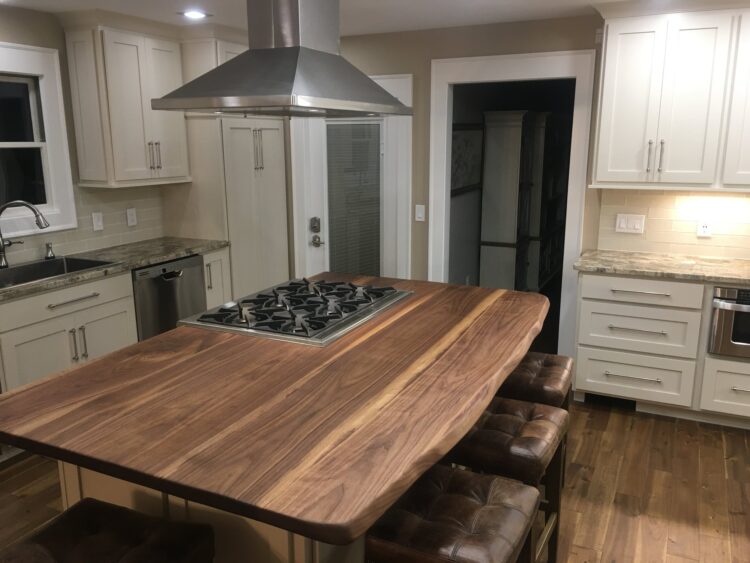
Source: thehulltruth.com
The best way to make a live edge wood countertop is to start with a large piece of dry wood. While you can use any kind for the project, it helps to pick from the species often used for butcher block counters, like elm, tigerwood, hickory, maple, beech, cherry, and walnut. It is also vital for it to be completely dry, or the slab will warp and twist over time.
Next, you will need to cut some edges off the wood to create a slab. Remember, though, you should leave the edges you want to make the live edge uncut. If you would rather not cut the slab yourself, you can buy a freshly milled or reclaimed live edge from your local store; they’re usually prefinished.
How to seal a live edge countertop
Once you have a slab cut to size, you can move on to finishing. Use a clear epoxy to fill the holes and cracks in the wood. It evens out the surface while preserving the slab’s unique aesthetic.
Be sure to clean any debris or dirt from the wood surface before you start the finishing process. If you don’t, the dirt could mix with the epoxy and float to the surface.
Start by filling in any holes, cracks, and indented areas, since they require more epoxy.
Once everything dries, sand it down, so it’s even with the rest of the panel surface, then apply a polyurethane lacquer for the final finish.
Additional tips:
- Before you install live edge countertops, lay your pieces out on a flat surface to help you visualize where each panel will go. If you need to make it more functional, then apply ideas and use the necessary DIY Tools. Some cordless tools can help to do the thing faster and without any hassle.
- Be ready to sand and router live edge countertop panels where they join. This will help you create a faux seam, which you’ll probably need if you’re making a live-edge kitchen countertop.
How to take care of your live edge
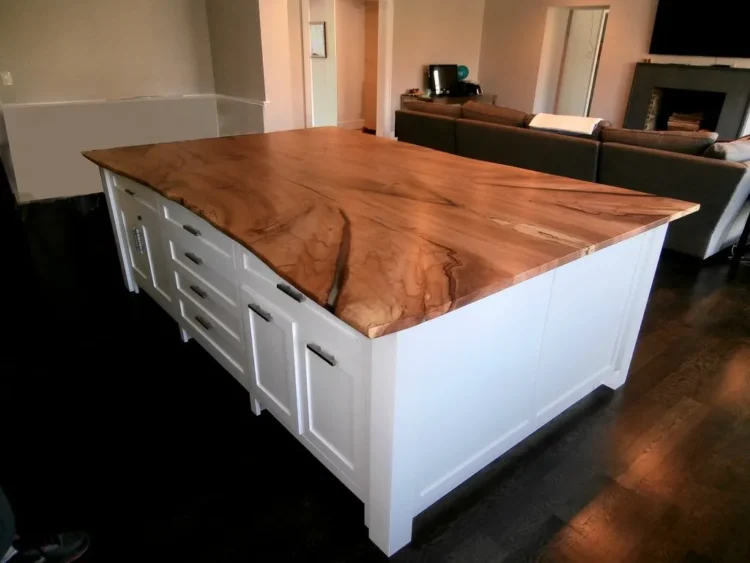
Source: brookscustom.com
Keep it water and stain-free
You’ll want to wipe up any accidental spills the moment they occur. You should also ensure the wood has been fully sealed, as it will keep stains from soaking into your countertop.
Keep your countertop away from the elements. Environmental factors like heat, sunlight, and humidity will degrade your countertop over time. Prolonged exposure to sunlight, for example, will heat the wood and cause its natural color to fade. If it has been stained, the same level of exposure may dull its finish.
Keep your live edge top safe from sharp or abrasive objects whenever possible, as they could cut through the sealed finish and damage your wood panel.
Use natural wood cleaning products.
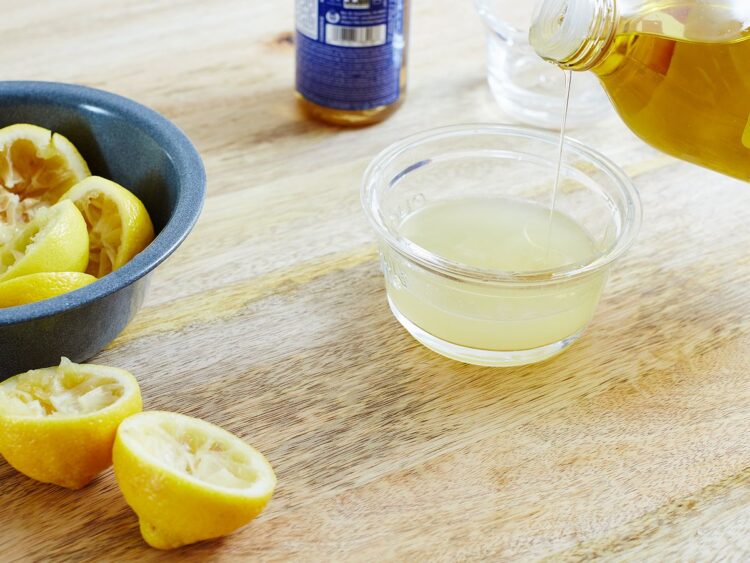
Organic products are biodegradable and are less likely to contain harmful chemicals like formaldehyde. It makes them the perfect fit for your all-natural tabletops.
Use microfibers for cleaning
Microfiber towels are softer than traditional materials. They’re also highly absorbent, which means they let you remove moisture and polish your tabletop with little pressure.
Polish your countertop
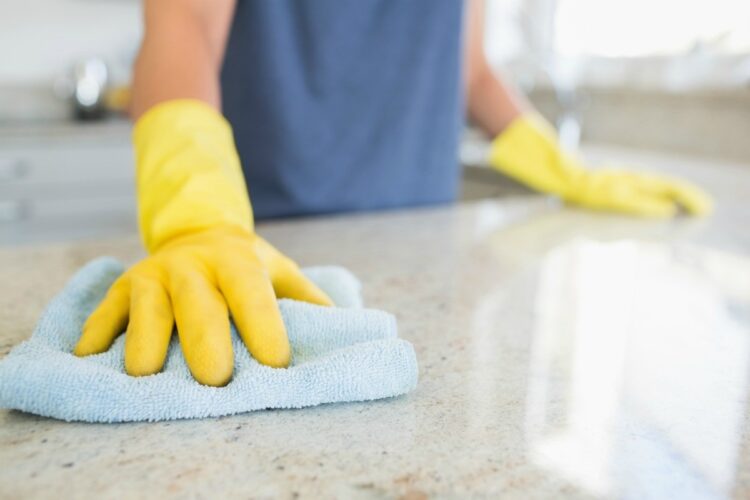
Source: thriftyfun.com
You should polish your live edge panel the moment you receive it. Polishing reduces minor scratches and seals them, making them hardly noticeable. Once you’ve applied the polishing cream, you should carefully buff off any excess to leave behind a shiny surface.
Remember to keep the polish from leaking into your edge’s cracks, ridges, and holes. It will capture debris over time and will eventually make your countertop look dirty.
How much does a live edge kitchen countertop cost?
The price of live edge countertops depends on many factors, like their shape, size, wood type, so it’s hard to give a specific figure. However, an average-sized 1-foot board (defined as 1 sq. ft. by 1 inch thick) will cost about $20.
Note: It can be hard to accurately measure live edge countertops because the wood has uneven edges. However, you can assume that the price will be determined by Length (ft.) x Width (ft.) x Thickness (In.). This value will be multiplied by the cost per foot to give a total price.
This might seem overpriced, but there are good reasons for it. Live edge wood countertops are handled differently than traditional lumber panels. Because the slabs are very thick, they’re often air-dried to prevent cracking. The process can last for as long as five years before being put into a kiln for final drying. Furthermore, the stock must be carefully sorted and tracked to ensure boards are grouped according to the same species. These lengthy processes justify the prices that live-edge countertops sell for.
Live edge countertop alternatives
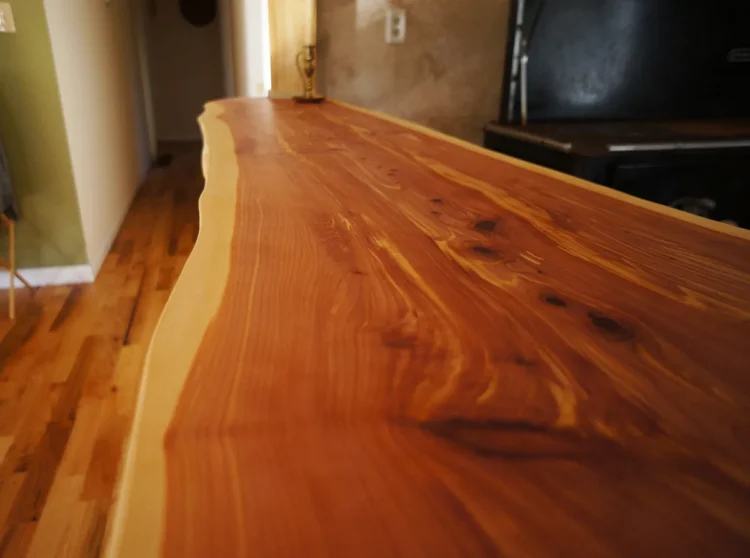
Source: theyearofmud.com
If you’re not comfortable with the level of responsibility that comes with installing a live edge countertop, there are several alternatives you can try. Concrete, natural stone, or recycled glass can give your space a natural feel. Quartz would make a great replacement as well, and offers slabs with the look and feel of natural stone or concrete, with added durability and other benefits, Check out this post for a complete guide to quartz countertops.

